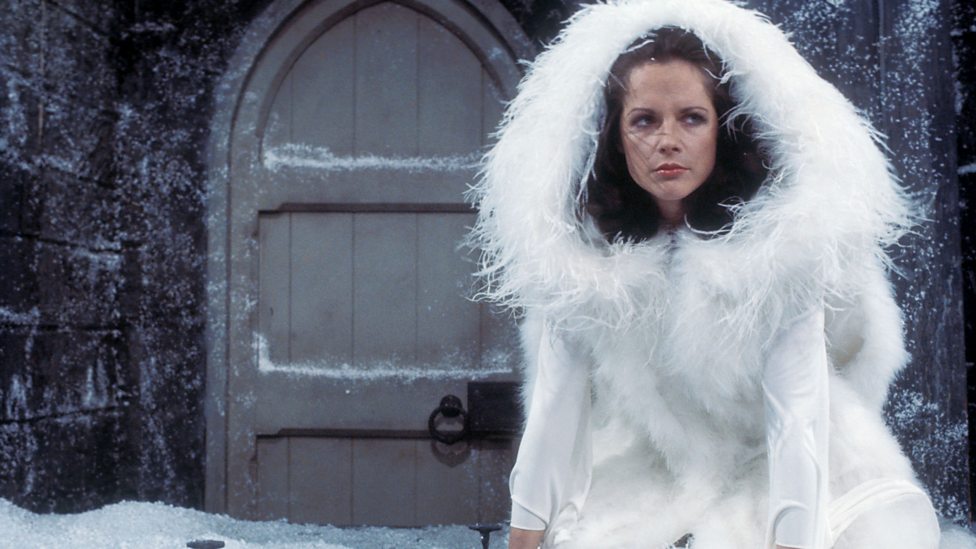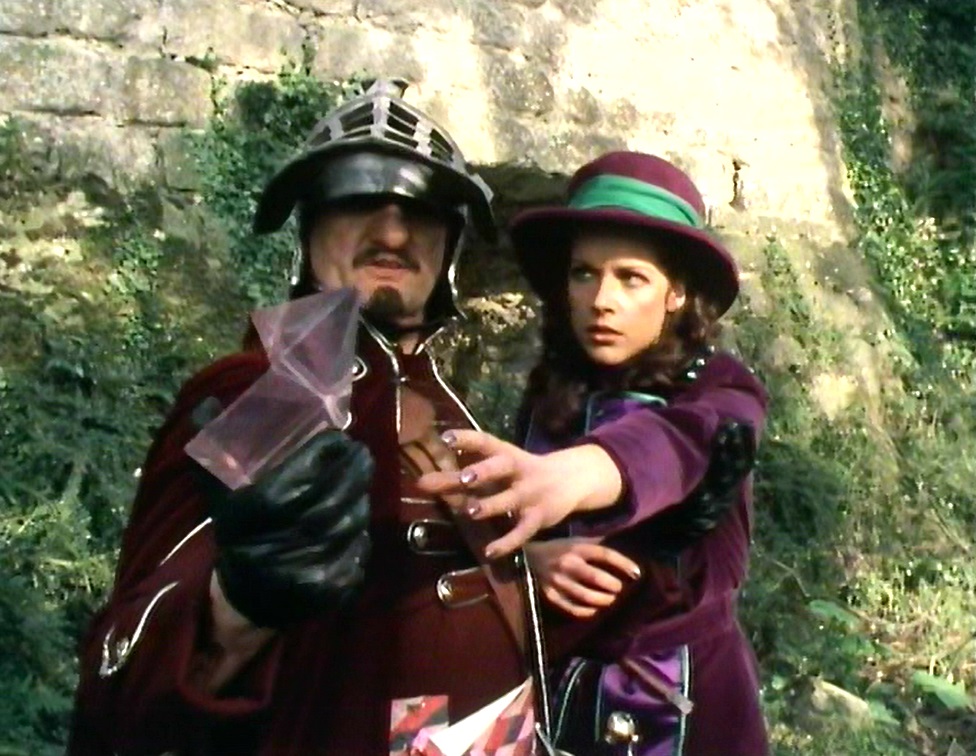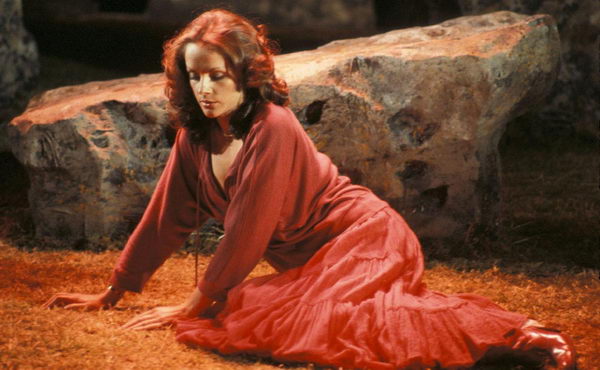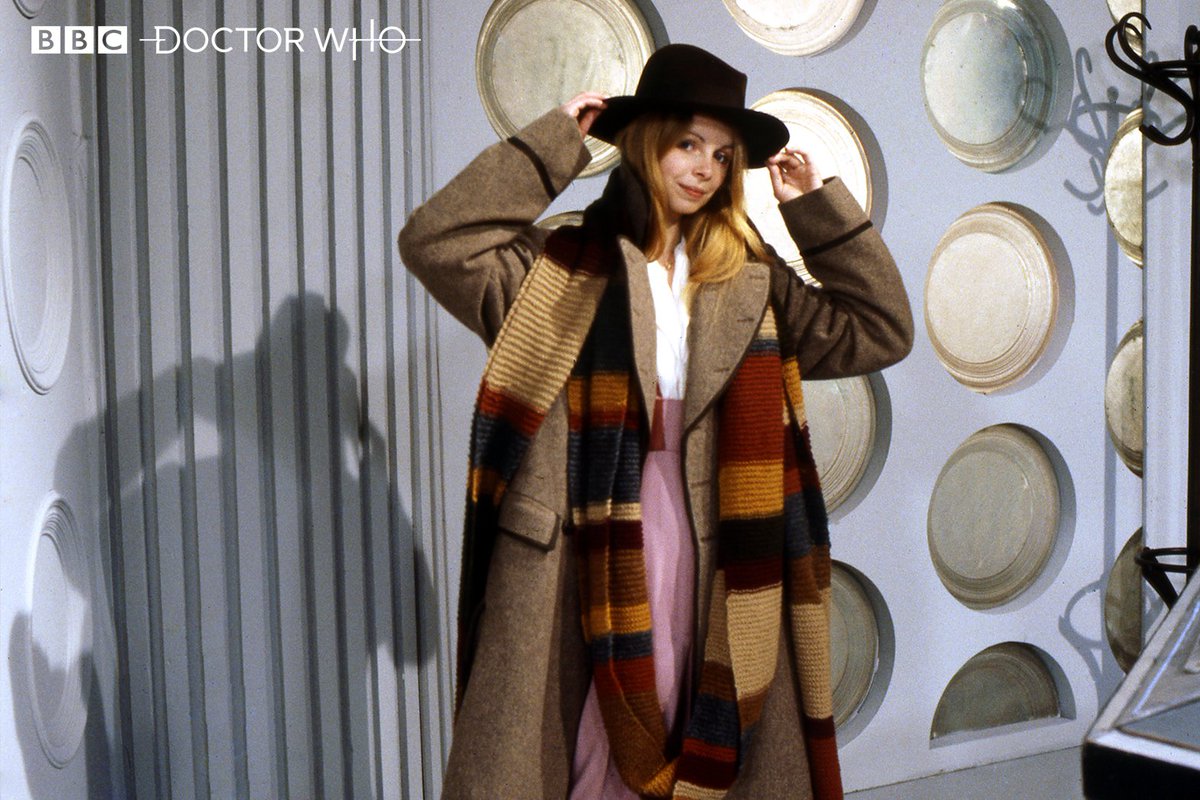There have been few Doctor Who companions like Romanadvoratrelundar, or Romana, or Fred. Played by Mary Tamm and Lalla Ward, Romana was a Time Lady who was sent to aid the Doctor in his quest for the pieces of the missing Key to Time.

Although classic Doctor Who companions are often perceived as being useless and incapable, frequently tripping over their own heels and in constant need of rescue, this trope wasn’t as prevalent during the Tom Baker era. He was joined in the TARDIS by Sarah Jane Smith, Leela, Nyssa, Tegan and Romana, all of whom were headstrong and more than capable of holding their own.
Nonetheless, when Mary Tamm was approached to play the part of Romana in the late 70s, this stigma was still very much in force, and the actor had some reservations about becoming just another ‘screaming Doctor Who companion.’ But Tamm was assured that her particular character would be something different – an intelligent, feisty character who would take a more dominating role and regularly outsmart the Doctor.
And in the beginning, this was certainly true. Romana was introduced as the new Doctor Who companion in 1978’s ‘The Ribos Operation’ by Robert Holmes, and straight away it was clear that she was going to be a different kind of Doctor Who companion. She had glamour and grace. She dressed elegantly and was clearly much cleverer than the Doctor, having graduated from the Gallifreyan Academy with a triple first. This was a person who knew what she was doing and, apparently, knew more than the Doctor.

The rationale for Romana’s introduction came from Season 16’s overall arc, which concerned the Key to Time. In short, the whole of creation was at stake: the Black Guardian and the White Guardian were racing to find the six, scattered pieces of the Key to Time which, when united, would give the bearer untold power over the cosmos. The White Guardian tasked the Doctor with locating these six pieces, and sent Romana to help him in his quest.
And, for the most part, she did. Romana was evidently more suited to the task than the eponymous Time Lord, and in ‘The Androids of Tara’ she manages to locate the missing segment within minutes.
Unfortunately, true to the Doctor Who companion stereotype, Romana did have a habit of getting captured and / or in need of rescue. Or, to be more precise, the writers had a habit of putting her character in this situation. And, to a degree, this is good storytelling; without jeopardy there is no drama, and even today the Doctor Who companions find themselves in various pickles, and sometimes even the Doctor himself needs to be rescued.

There were times in Season 16, however, when Romana’s pickles stretched credulity. One example is in ‘The Stones of Blood’ where Romana is approached by a ghostly apparition of the Doctor, whilst standing on the edge of a cliff. The fake Doctor causes her to stumble (or pushes her off) and she plummets. It makes for a dramatic cliffhanger, but the downside is that Romana spends a good portion of the next episode clinging to the precipice shouting for help.
As a result, one can’t help but wonder why Romana didn’t simply step away from the cliff edge, or even just whack the Doctor over the head. She was more than capable and, arguably, this response would have been more in-keeping with her character.
Alas, Romana’s lungs were about to take another beating in ‘The Power of Kroll’ when the character once again found herself at the mercy of dark forces, this time tied to the stake and in danger of an imminent burning. Naturally, in stereotypical Doctor Who companion style, Romana responded by screaming and shouting for help – and whilst one can sympathise with her predicament, it does feel a smidge out of character for someone who is normally so gracious and composed.
And whilst there was still plenty to enjoy about Romana’s character in Season 16, Mary Tamm decided to move on after just one year. Because of this, the production team came up with a canny idea; they could, for the first time in history, have a Doctor Who companion regenerating. They could keep Romana in the show, but change the actor.
And they did. Romana regenerated in 1979’s ‘Destiny of the Daleks’ in a scene penned by Douglas Adams which has proved divisive among Doctor Who fans. Romana doesn’t ‘die’ as such – or if she does, it’s unclear why. She simply presents herself in the TARDIS console room and tells the Doctor that she is regenerating, and then cycles through a range of different bodies before settling on one that she finds agreeable – a blonde Romana, played by Lalla Ward.

Depending on your viewpoint, the first ever regeneration of a Doctor Who companion is either a stroke of genius or a moment of pure cringe. The jury is out. But this new incarnation of Romana was incredibly popular, and every bit as gracious and intelligent as the version played by Tamm. However, Lalla Ward’s Romana was also more sarcastic and quick-witted, particularly in Season 17’s ‘City of Death‘ which is widely regarded as one of the greatest classic adventures of all time, and certainly the highest-rated of Doctor Who‘s original run.
And as well as winning over viewers, Ward also stole the heart of her co-star Tom Baker, whom she married a couple of years later. This was another first in the Whoniverse; a Doctor Who companion had never married an incumbent Doctor before!
Alas, the relationship wasn’t always an easy one, and this is something that Tom Baker and Lalla Ward have been open about in recent years. There were times when the actors were so angry with each other that they couldn’t look one another in the eye, and this is particularly evident in stories like ‘State of Decay’ where they play most of their scenes side-on.

Overall, though, Romana was the perfect Doctor Who companion for Tom Baker’s Doctor, and both of her incarnations are fondly remembered to this day. And Romana is sure to reach a whole new generation of fans when Season 16 is eventually released as part of the Collection series on Blu-ray.
Until then, tell us: what is your favourite ‘Romanadvoratrelundar’ moment?! Let us know in the comments below.









Leave a Reply